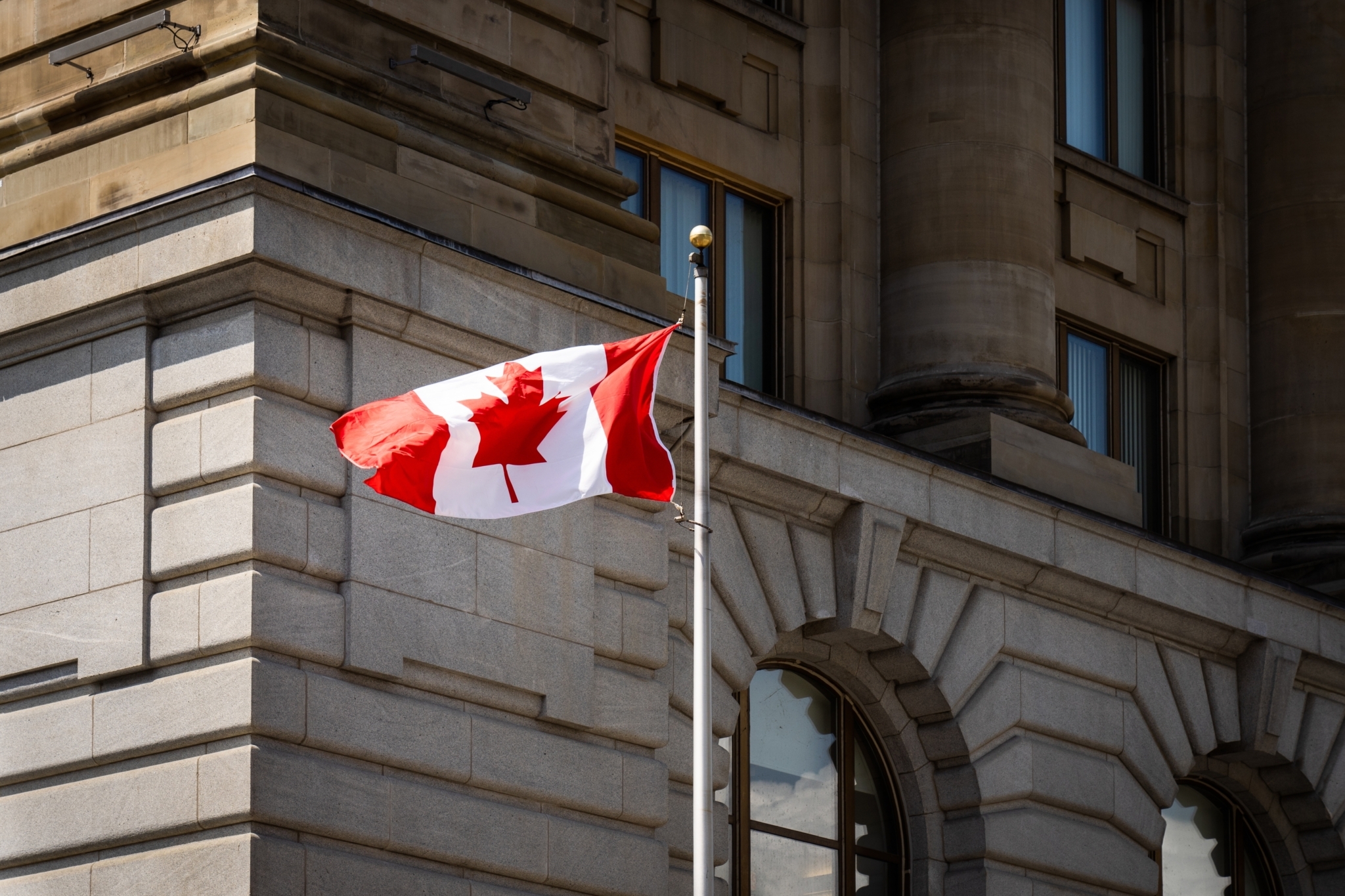February 21, 2025 | Quiet Counsel | 4 min read
Outlook 2025, Part II: Potential Trump Effects in 2025
In “Outlook 2025, Part I: Evolution of the American Ethos,” we traced the impact of market disruptions and interest rate policy on the American balance sheet, to gauge the risk of US indebtedness and provide a backdrop for our expectations for interest rates and market potential going forward. In this companion piece, we offer our take on Trump’s (very early, but dramatic) stated plans. See “Trump, Trudeau, and the Markets” for additional detail on our thinking as of January 20, 2025.
Executive Summary
- Trump’s Policies May Disrupt Trade & Immigration – Tariffs may raise costs on both sides of the border, while stricter immigration rules could worsen labour shortages.
- US Business Sentiment Positive – Despite the uncertainty entering Trump’s second term, US businesses have a positive outlook.
Tariffs
As we’ve been telling clients in recent weeks, Trump’s tariffs are as much about politics as anything. He is looking for a quick win and using an economic stick to force action on his election platform issues of immigration and drugs. Mexico and Canada have both promised action on the latter, so it remains to be seen if he’s willing to follow through on his shocking threats to two of his biggest trading partners. Inflation relief was another of his promises and these trade barriers will most certainly increase prices for Americans. These give us hope that this crisis will resolve as many have before – with his attention becoming focused elsewhere.
The good news for our clients is that their exposure to potentially impacted industries is lower than the Canadian stock market (and economy) as a whole:
- About 70% of our Canadian equity holdings are expected to experience minimal direct exposure to tariffs, versus ~60% of the TSX. These stocks are in sectors like financial services (whose operations are either domestic Canadian, or wholly owned US subsidiaries, which would theoretically not be affected), technology and communication services, industrial services, utilities, staples, and real estate.
- The other 30% of the Leith Wheeler portfolio has potential exposure to the tariffs, versus about 40% of the broad TSX. These are the more ‘hard goods’ sectors like energy and materials, capital goods and transportation, and consumer discretionary stocks. Drilling deeper into this group, only 4% of the portfolio has material potential exposure to tariffs.
What are we doing now? As with all disruptions in the past, we are taking a measured approach. Other than the tariffs on steel and aluminum announced this week, significant uncertainty remains about whether Trump will implement the others. At present, the downside risk – relative to the upside potential - is still not sufficient in our view to warrant making major changes to portfolio holdings.
Stymying Net Migration
It’s no secret that the bulge of the Baby Boomer generation is squeezing into retirement, a phase in their life when they simultaneously cease generating economic output and begin drawing on state resources. As investors, their portfolios move to safer options (bonds) from risky (equities), reducing access to funding by innovating companies. From a GDP perspective, the problem is a lack of replacements among the generations behind them, to take up the slack. A demographic cliff awaits virtually the entire developed world.
Europe improved its own demographic challenge 20 years ago by admitting 10 Eastern European states to the EU in 2004, and adding three more in the ensuing decade. The ability to migrate to and work in Western European countries bolstered the latter’s populations (and was ultimately a driver of Brexit). Canada flirted with a solution to the problem when it added 1 million people to its population in each of 2022 and 2023, but reverted to more modest levels last year.
As Figure 1 shows, the US birth rate (births minus deaths) is expected to turn negative in about 15 years, so the only thing that could keep its population growth positive is net immigration into the country. Their current embrace of a more isolationist ideology – i.e., Trump’s stated plans to deport millions of undocumented workers – will likely exacerbate this problem.
Figure 1: The Importance of Immigration to US Population Growth

American Businesses Optimistic About Trump Presidency
The good news is that sentiment among American business owners has spiked since Trump’s re-election, much as it did in 2016. High sentiment tends to translate into borrowing and investment in growth and innovation. Figure 2 shows this pattern specifically among small business owners this century.
Figure 2: Small Business Owner Sentiment, 2000-2024

Trump’s deregulation ideology is one reason some businesses support Trump. Of particular note at present is the potential for deregulation of banks and of energy companies, the two most constrained.
Over the last two to three years, thanks to expansion of shale production the US has produced as much petroleum products as it has consumed for the first time since the 1950s. Figure 3 shows this tipping point.
In practice, they export some of it and then import from Canada, because it’s cheaper for them (another tariff consideration) but if they deregulate energy, they are actually going to be in a surplus. Deregulation can therefore improve the US’s energy independence and further reduce their reliance on OPEC.
Figure 3: US Energy Production vs Consumption, 1949 – 2021

Put in a historical context, since Bretton Woods the US has played the world’s policeman, using its significant military might to patrol the world’s seas and in so doing, facilitate tremendous economic growth through globalization. Trump’s nationalist, isolationist stance is a reaction against that history – partly because the US doesn’t need world markets like it once did. With energy independence and the world’s biggest consumer base in-house, it is remaking the economic reality for all of its trading partners, Canada included.






